
Author: Yuliya, PANews
On July 30, 2025, Ethereum will celebrate the important milestone of its mainnet launch's 10th anniversary. It seems that in commemoration of this special day, the price of ETH is also making a push towards $4000.
Ten years is a vibrant chapter in the history of blockchain. From a white paper to a global financial network worth hundreds of billions of dollars;
From the "Eight Kings" of the founding team to the isolation and breakout under the threat of "Ethereum killers"; from PoW to PoS, from a technical laboratory to public infrastructure, Ethereum has completed its first cycle. It has not only witnessed the rise and fall of the entire industry but has also built an unprecedented "world computer" through numerous upgrades.
At the core of this ten-year story are the people. It is those creators who shaped Ethereum with code, vision, and controversy. When asked about the biggest regret in Ethereum's journey, founder Vitalik Buterin always responds, "The matter of the 8 co-founders." These eight "kings," who have long since parted ways, are a concern of his and the starting point of Ethereum's story.
"The Eight Kings"
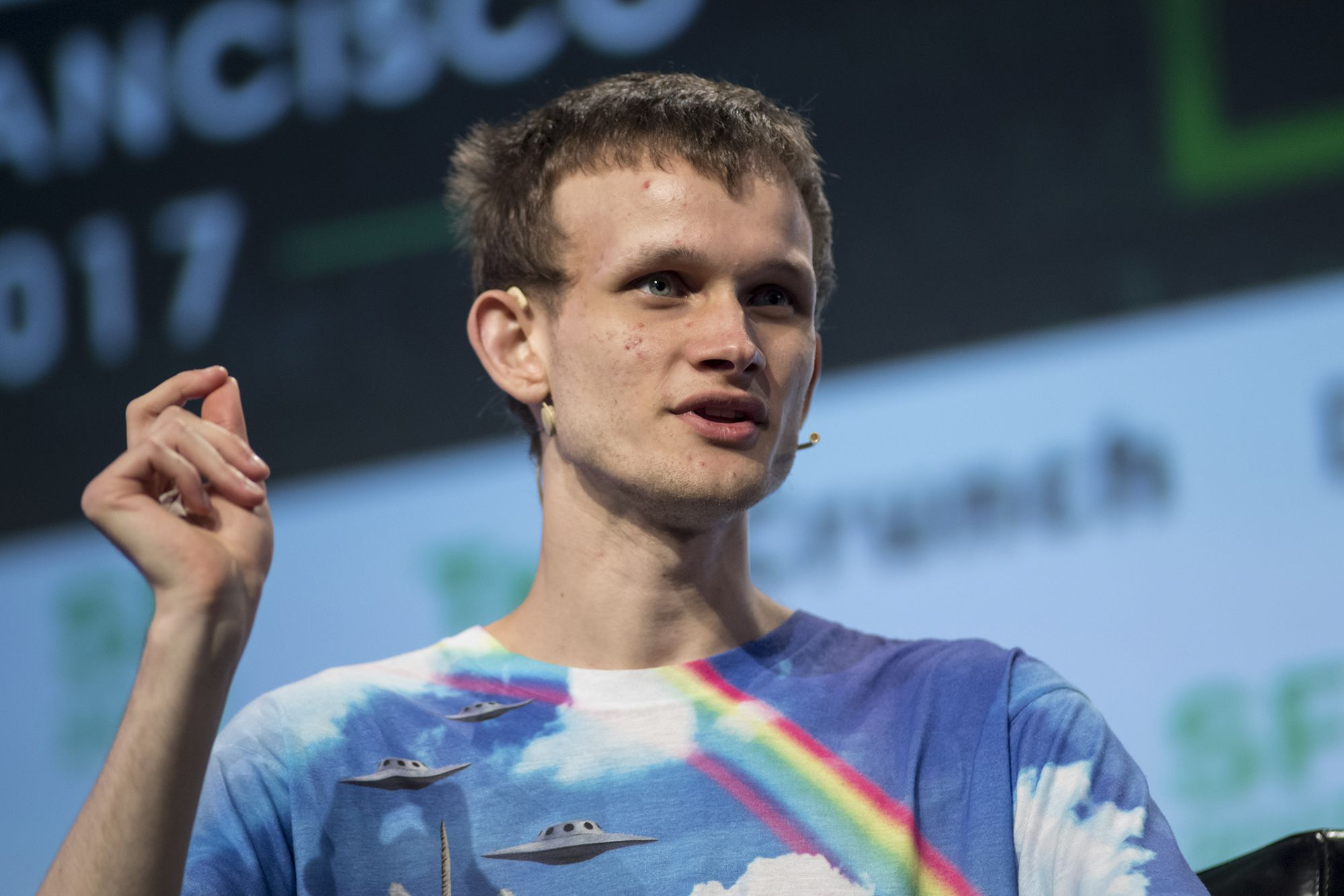
In 2013, when Vitalik Buterin had only an idea, he welcomed the first ten developers who responded to him and selected five of them as the leadership team, which became the original five founders of Ethereum: Vitalik Buterin, Anthony Di Iorio, Charles Hoskinson, Mihai Alisie, and Amir Chetrit. Vitalik later reflected, "This was clearly a very serious mistake. They looked like good people, and they wanted to help, so at the time I thought, why not?"
This hasty decision laid the groundwork for future splits. Soon after, in early 2014, three more key developers joined, forming the founding team of Ethereum's "Eight Kings": Joseph Lubin, Gavin Wood, and Jeffrey Wilcke.
The Golden Age of Berlin and the Eve of Division
In early 2014, Berlin became the de facto headquarters of Ethereum. The city's free and open atmosphere, especially the strong crypto community culture in the "Bitcoin Kiez" area, attracted this group of young idealists. Less than two kilometers from the community center "Room 77" pub, Ethereum rented an office, becoming the cradle for early core members to gather strength.
The Bitcoin conference in Miami in January that year was the first collective appearance of the eight founders, where they showcased Ethereum's grand vision to the world, receiving a warm response. Ethereum, the future "world computer," officially entered the public eye. However, this was both a highlight moment and the eve of separation.
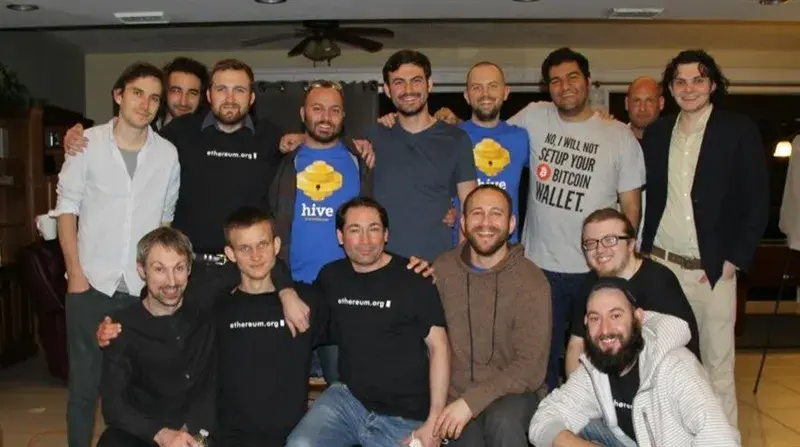
In January 2014, Miami, the Ethereum founding team made their first collective appearance
The Split in Switzerland: Profit or Non-Profit?
On June 7, 2014, in Zug, Switzerland, Ethereum's first headquarters, a building known as the "Spaceship house," a meeting was taking place that would determine Ethereum's fate. The core issue was: Should Ethereum become a tech giant pursuing commercial profits, or a purely non-profit organization?
This debate had long been brewing within the team, forming two major factions.
- Charles Hoskinson was the most ardent supporter of the "profit faction." He argued that Ethereum should emulate Google, introduce venture capital, and establish a commercial company. He believed, "A horizontal power structure that puts janitors and executives on equal footing is simply insane."
- However, Vitalik ultimately chose the path of decentralization and non-profit. He later recalled, "I was once persuaded to lean towards a more corporate route for Ethereum. But this never made me feel more comfortable; it even made me feel a bit dirty."
This decision became the first turning point in Ethereum's history, directly leading to the team's first major split.
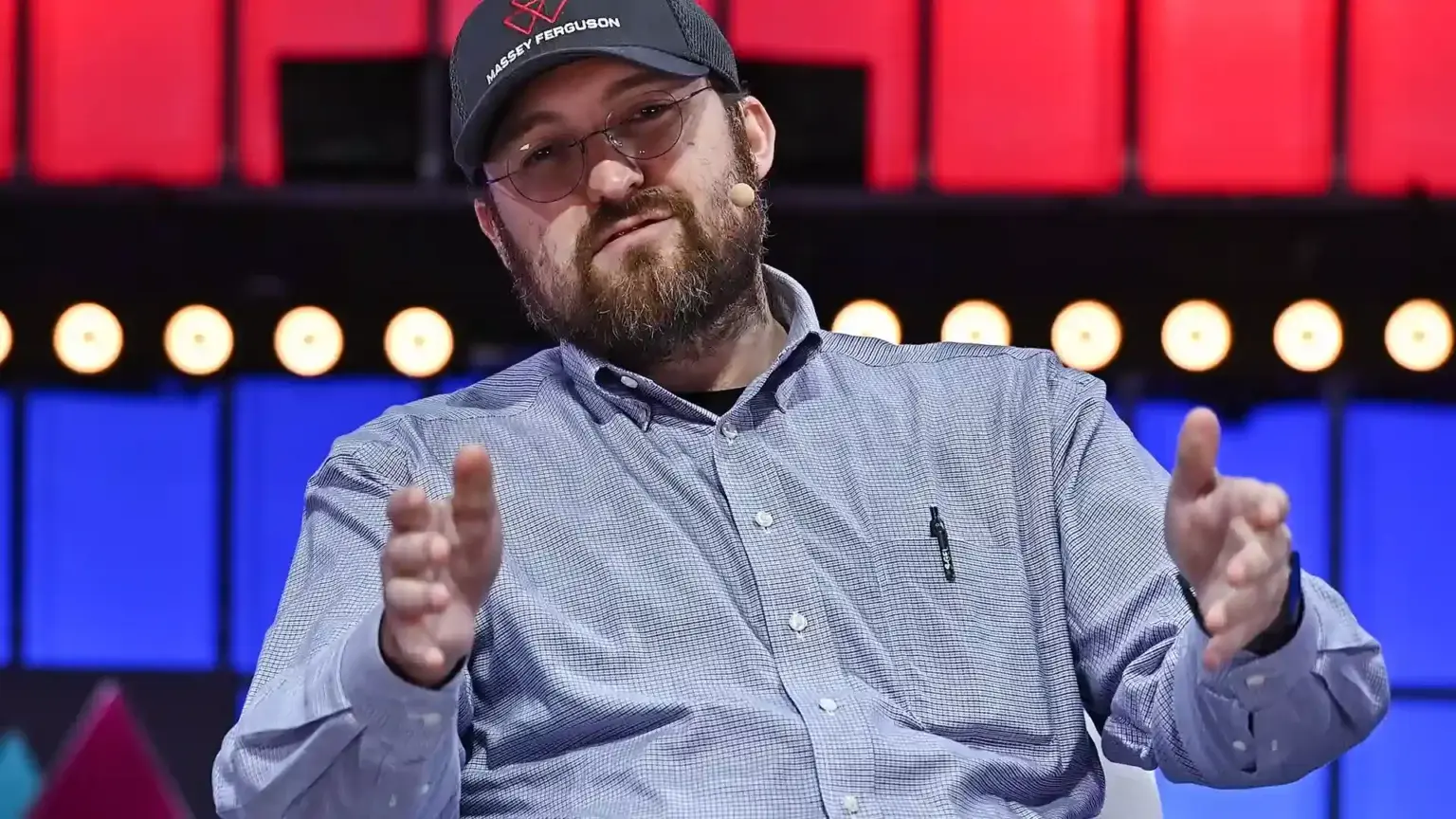
Charles Hoskinson, who once served as Ethereum's CEO, left angrily after the ideological conflict and founded IOHK the following year, launching what would later be known as the "Japanese Ethereum," the public chain Cardano. As a first-generation "Ethereum killer," Cardano, with its rigorous academic research style, still holds a place among the top ten by market capitalization.
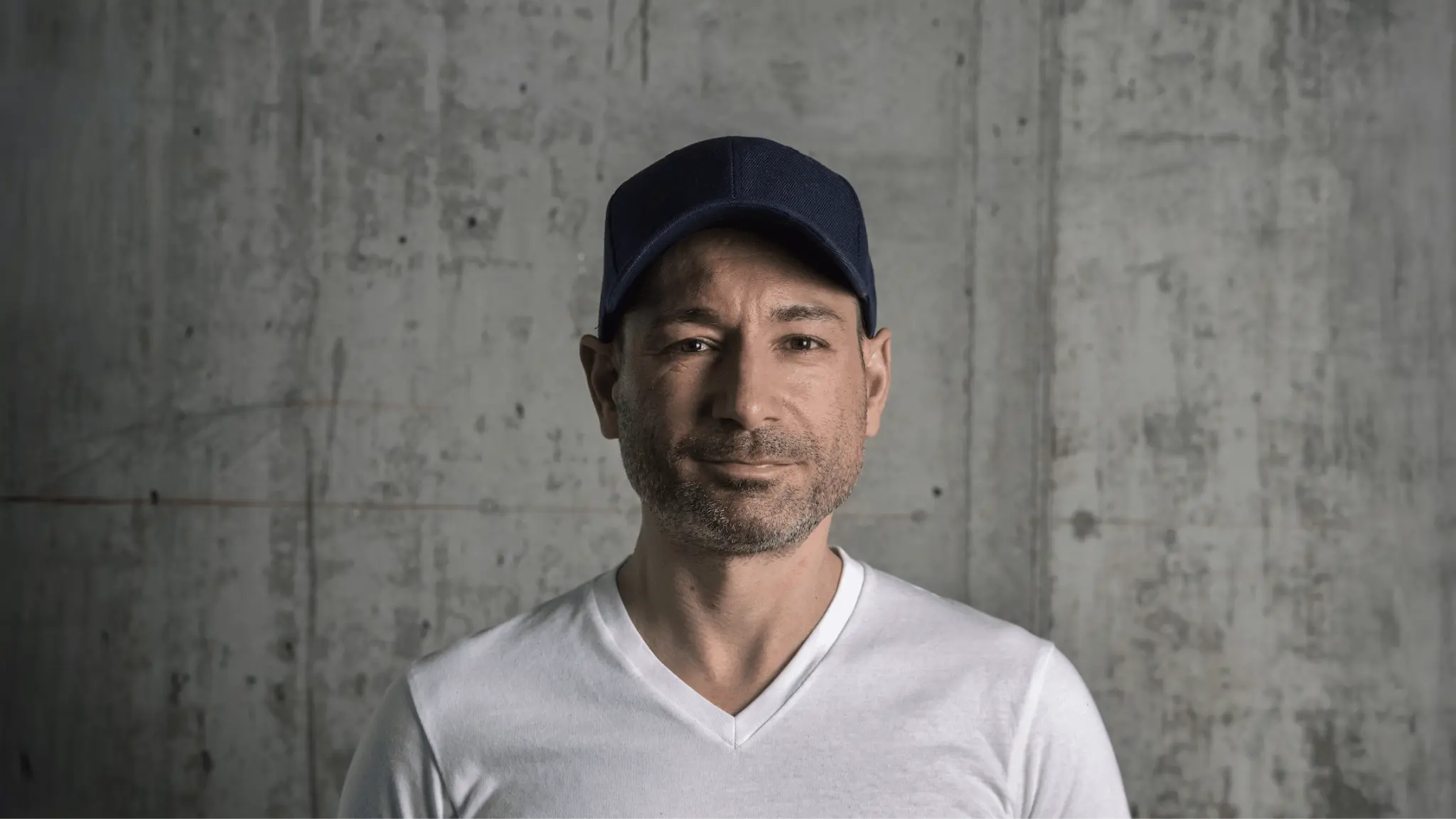
As a wealthy second-generation individual and angel investor, Anthony Di Iorio was one of the key figures who funded Ethereum's launch. His initial motivation for participating in Ethereum was to make money, and after the non-profit model was established, he began to lose interest and gradually faded from the core circle. After leaving, he founded Decentra in Toronto in 2014 and launched the city's first two-way Bitcoin ATM, promoting the local application of cryptocurrency. In addition to his technical contributions, Di Iorio has also been actively involved in education, serving as a part-time professor at the University of Toronto's law school since 2016, teaching courses on cryptocurrency and related entrepreneurship. Furthermore, he made the Forbes Crypto Rich List in 2018 with a valuation of $750 million to $1 billion in crypto assets. Although he stated in 2021 that he would no longer engage in the cryptocurrency field for personal safety reasons, he seems to have returned this year, asking on social media, "When will Musk issue a coin?" and also published a detailed report analyzing the history of the Ethereum DAO rollback following Bybit's $1.5 billion ETH theft incident.
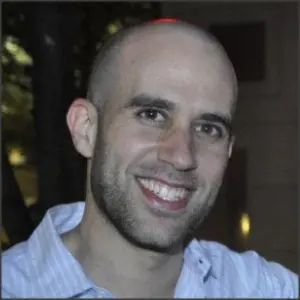
Amir Chetrit, a computer science enthusiast from Israel, is the most mysterious of the eight co-founders of Ethereum. He met Vitalik at a Bitcoin event in Amsterdam in 2013 and was invited to join. However, at the decisive Swiss meeting in June 2014, Chetrit faced skepticism from other developers and co-founders due to his limited contributions to the project and ultimately agreed to leave the core team while retaining his co-founder status. According to insiders, Chetrit currently supports multiple blockchain projects quietly but rarely appears in public, preferring not to promote himself.
By the end of 2014, three of the original "Eight Kings" had already departed. But for Vitalik, fortunately, his most important technical partner, Gavin Wood, was still fighting alongside him.
Mainnet Launch and the Departure of the "Number Two"
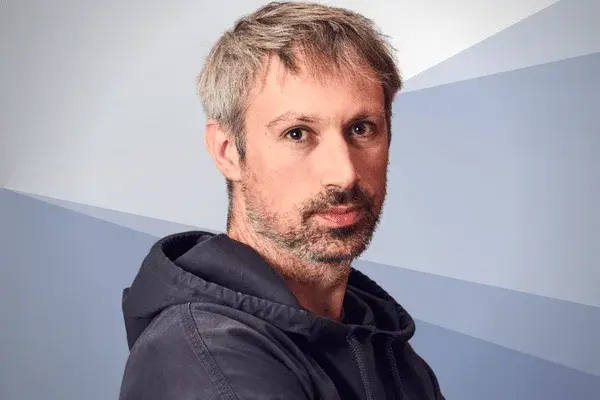
As Ethereum's first CTO, Gavin Wood, a computer scientist with strong engineering capabilities, was the key figure in turning Vitalik's blueprint into real code. He wrote the "Yellow Paper" that defined the Ethereum Virtual Machine (EVM) and led the development of the smart contract language Solidity, laying the technical foundation for the entire ecosystem.
However, just three months after the mainnet launch in 2015, Gavin chose to leave due to significant differences with Vitalik regarding engineering management models. He believed Ethereum needed more efficient centralized management, while Vitalik again chose decentralization. After leaving, Gavin founded Parity and ultimately created Polkadot—a powerful network aimed at connecting different blockchains, which also became one of Ethereum's most formidable competitors. Years later, the century photo of the three core founders, Vitalik, Lubin, and Gavin, at EthCC 2024, can be seen as a dignified conclusion to that period of "division."
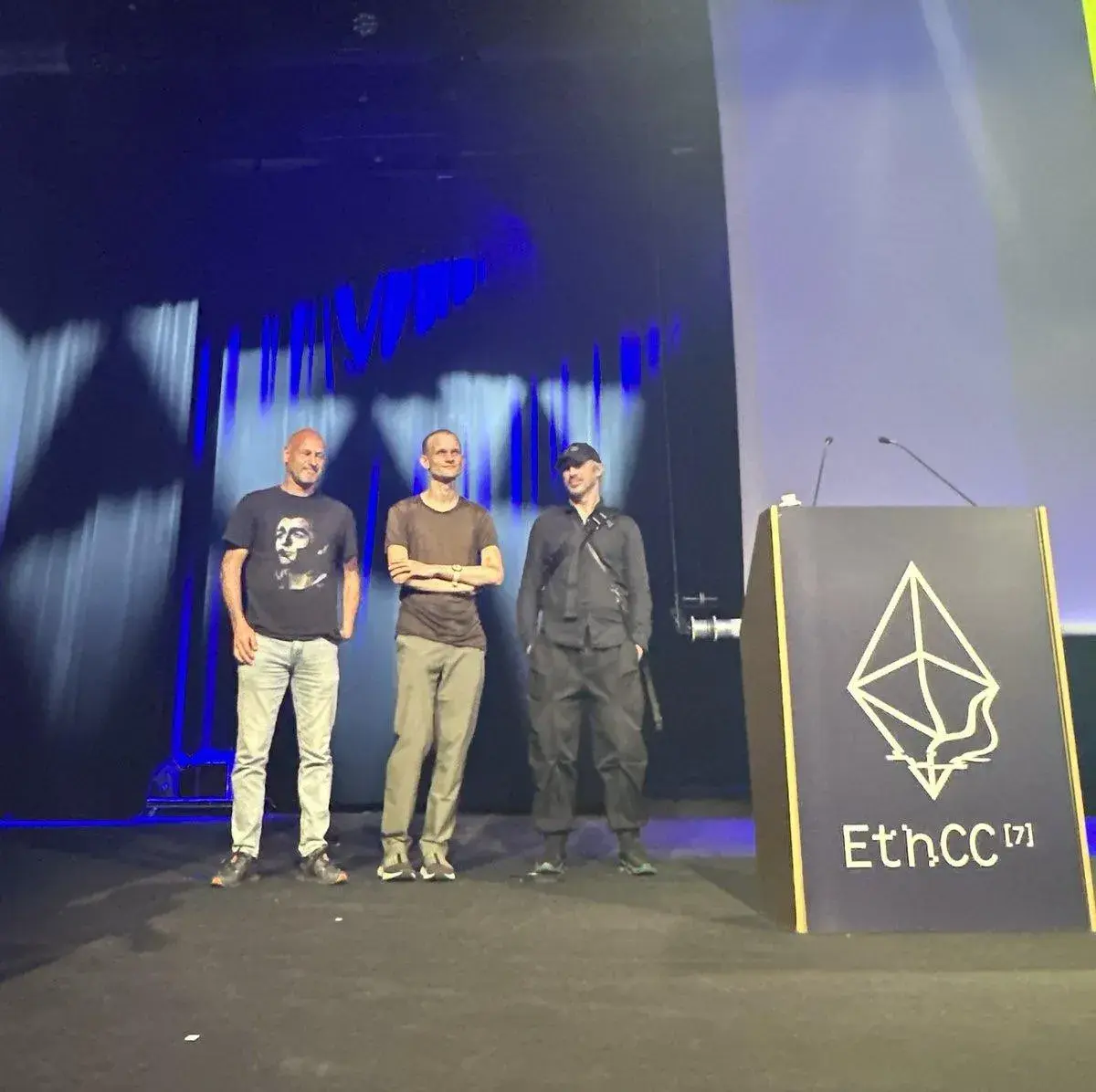
In July 2024, at the seventh EthCC conference, the 10th anniversary of the Ethereum white paper was celebrated.
The Last Elders
With Gavin's departure, the remaining three elders of the founding team also gradually stepped back in the following years.
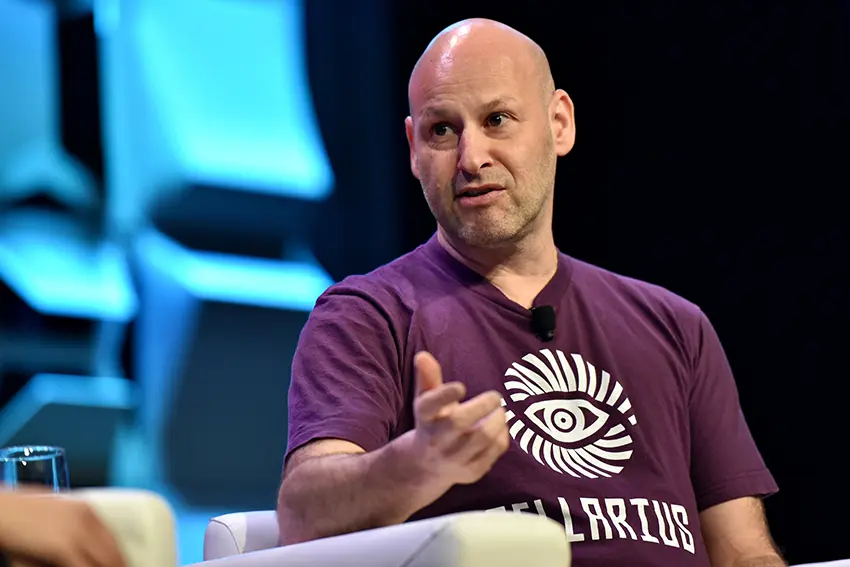
Joseph Lubin is the co-founder of Ethereum with the most substantial business background. After Ethereum established its non-profit model, he chose to step back from core development, but his departure was not a break; instead, he continued to participate deeply in another way. He founded ConsenSys, a software technology company and incubator focused on the Ethereum ecosystem. Over the past decade, ConsenSys has incubated numerous blockchain startups and contributed countless infrastructures and applications to Ethereum, the most successful of which is the wallet MetaMask, with hundreds of millions of users. Interestingly, he recently made a large purchase of ETH through SharpLink Gaming as a strategic reserve, participating in Ethereum's future in a new way.
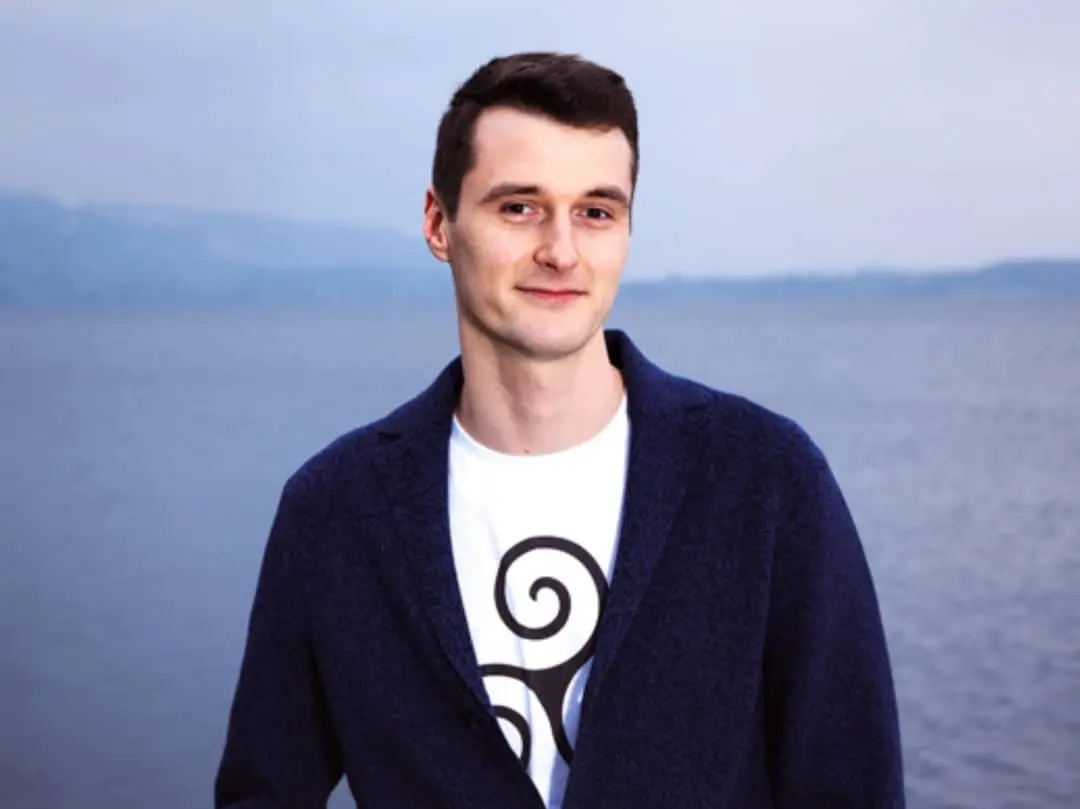
Mihai Alisie was Vitalik's closest ally before Ethereum was born. In 2011, he co-founded the first publication focused on Bitcoin, Bitcoin Magazine, with Vitalik and served as editor-in-chief until the end of 2013. He then partnered with Vitalik to launch the Ethereum project. During Ethereum's early development phase, Alisie was responsible for establishing the necessary business infrastructure and legal framework in Switzerland and successfully promoted Ethereum's presale activities. As the strategic manager and vice president of the Ethereum Foundation, he managed the project's operations until the end of 2015. His departure was relatively peaceful; after Ethereum got on track, he chose to pursue his ideals and founded the decentralized social project Akasha based on Ethereum and IPFS, continuing to shine within the ecosystem.

In the early technical implementation of Ethereum, Jeffrey Wilcke was a core force alongside Gavin Wood. While Gavin implemented Ethereum in C++, Jeffrey independently wrote another version using Google's Go language—Go Ethereum, known today as Geth. Geth remains the most important and widely used client on the Ethereum network. However, after experiencing The DAO hack and the turmoil of Ethereum's hard fork, especially after the birth of his son, Wilcke chose to shift his focus to family life. He handed over the development and maintenance of Geth to capable assistants and co-founded a game studio, Grid Games, with his brother, living the life of a "dad" and gradually fading from Ethereum's core circle. Of course, as an early core contributor, his wealth movements are still closely watched. For example, recently, after his wallet had been silent for months, he transferred approximately $262 million worth of ETH to Kraken in May. Since 2016, Wilcke has transferred a total of 394,000 ETH to Kraken at an average price of $1,295, cashing out approximately $510 million.
As the founding elders gradually fade from view, Ethereum has not slowed down. A new generation of developers and researchers has taken up the torch, leading this "world computer" toward a broader future. Among the "Top Ten Key Figures," in addition to the original eight kings, two other core developers represent the new vitality and continuous evolutionary drive of Ethereum.
New Generation Core: Guardians and Engineers of PoS
As Ethereum undergoes a long transition from PoW to PoS consensus mechanism, two new core figures have become crucial.
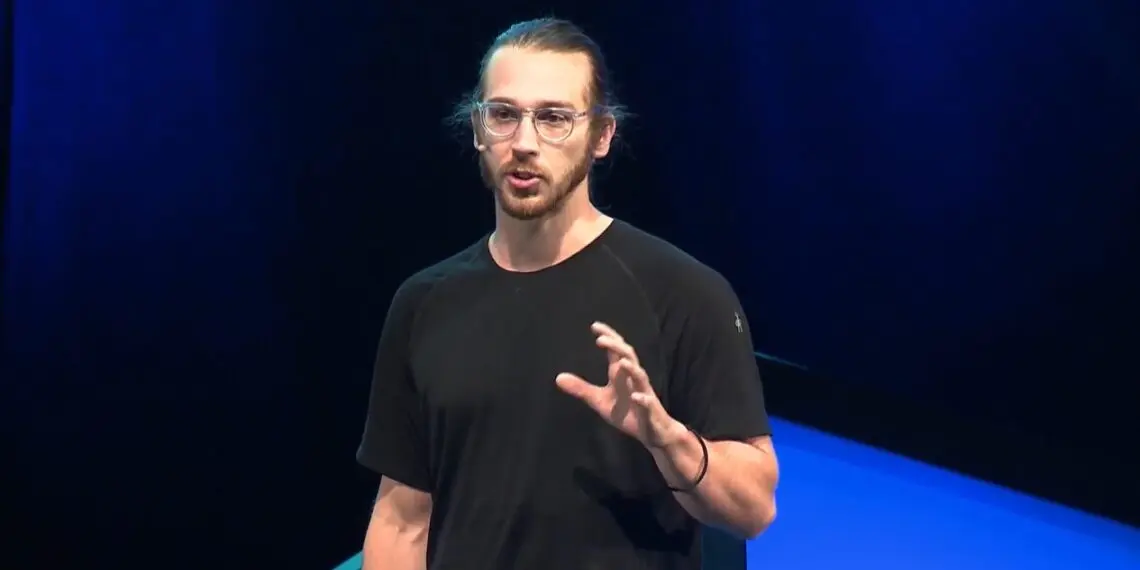
Danny Ryan, as a core researcher at the Ethereum Foundation, is hailed by the community as the "Chief Engineer of Ethereum 2.0." Danny Ryan has played an irreplaceable role in coordinating Ethereum's transition to PoS. He was a core researcher at the Ethereum Foundation, leading the launch of the Beacon Chain and the complex coordination work of the "Merge" upgrade. Although he briefly left in 2024, he announced his return in March 2025 and co-founded Etherealize, focusing on institutional adoption, continuing to contribute to Ethereum's growth. His return is seen as a significant positive development by the community.

As an early core researcher at the Ethereum Foundation, Vlad Zamfir is one of the pioneers in the research of the PoS consensus mechanism. His research on the Casper protocol laid an important theoretical foundation for Ethereum's PoS transition. Although some of his radical views (such as his perspective on governance) have sparked controversy in the community, even leading to public debates with cryptographic pioneer Nick Szabo, his profound thoughts on blockchain governance and cryptoeconomics continue to influence Ethereum's development path. In recent years, he has focused on cutting-edge research such as "smart transactions," exploring deeper potentials of Ethereum.
In addition to these two, the new generation of Ethereum leadership also includes figures like Péter Szilágyi (current head of the Geth client), Tim Beiko (coordinator of core developer meetings), Dankrad Feist (namer of Danksharding), and the newly appointed co-executive directors of the Ethereum Foundation—Hsiao-Wei Wang from Taiwan and Tomasz Stańczak, founder of Nethermind. It is this large and decentralized network of developers that forms the most solid barrier for Ethereum today.
Indispensable "Outsiders" and Community Power
The story of Ethereum is also inseparable from those supporters who extended a helping hand at critical moments.
- Crab: As an early Chinese translator of the Ethereum white paper, he foresightedly translated the term "Ethereum" as "以太坊" (Yǐtài fāng), a name that not only conveys the meaning accurately but also reflects its platform attributes as a "smart contract factory," profoundly influencing the Chinese-speaking community's understanding of Ethereum.
- Wanxiang Blockchain Lab and Xiao Feng: In the most challenging year of 2015 for the Ethereum Foundation, when funds were nearly exhausted, Wanxiang extended a helping hand by purchasing 410,000 ETH at an average price of $1.20 (totaling $500,000), an investment that Vitalik called "saving the foundation's life." Since then, Wanxiang has continued to promote Ethereum's ecosystem development in China, becoming an important Eastern ally.
- Zak Cole and "ETH 10000": In the face of the continued slump in ETH prices since 2024, Ethereum core developer Zak Cole initiated the "Ethereum Community Foundation" (ECF), with the resounding slogan "Pushing ETH to $10,000." ECF is dedicated to funding "no-token" infrastructure projects that can directly enhance the economic value of ETH, representing a powerful new force within the community that is asset-value-oriented.
Ethereum Without Vitalik
Ten years have passed, and Vitalik has transitioned from a 21-year-old youth to a person in his forties. He himself admits that it is time for the next generation to take over the mantle. Today's Ethereum has nearly a hundred core developers and over 250,000 global developer community members, with its development power highly decentralized.
From the "Eight Kings" to the current "Hundred Schools of Thought," Ethereum's governance and development model itself is a grand experiment in decentralized society. The departure of the founders has not caused it to stagnate; rather, it has stimulated a stronger ecological self-healing and evolutionary capability.
In ten years, Ethereum has completed the construction from 0 to 1. Its story may just be beginning. In the next decade, we may truly welcome an "Ethereum without Vitalik," and that could be the true mark of its maturity as a "world computer."
免责声明:本文章仅代表作者个人观点,不代表本平台的立场和观点。本文章仅供信息分享,不构成对任何人的任何投资建议。用户与作者之间的任何争议,与本平台无关。如网页中刊载的文章或图片涉及侵权,请提供相关的权利证明和身份证明发送邮件到support@aicoin.com,本平台相关工作人员将会进行核查。




